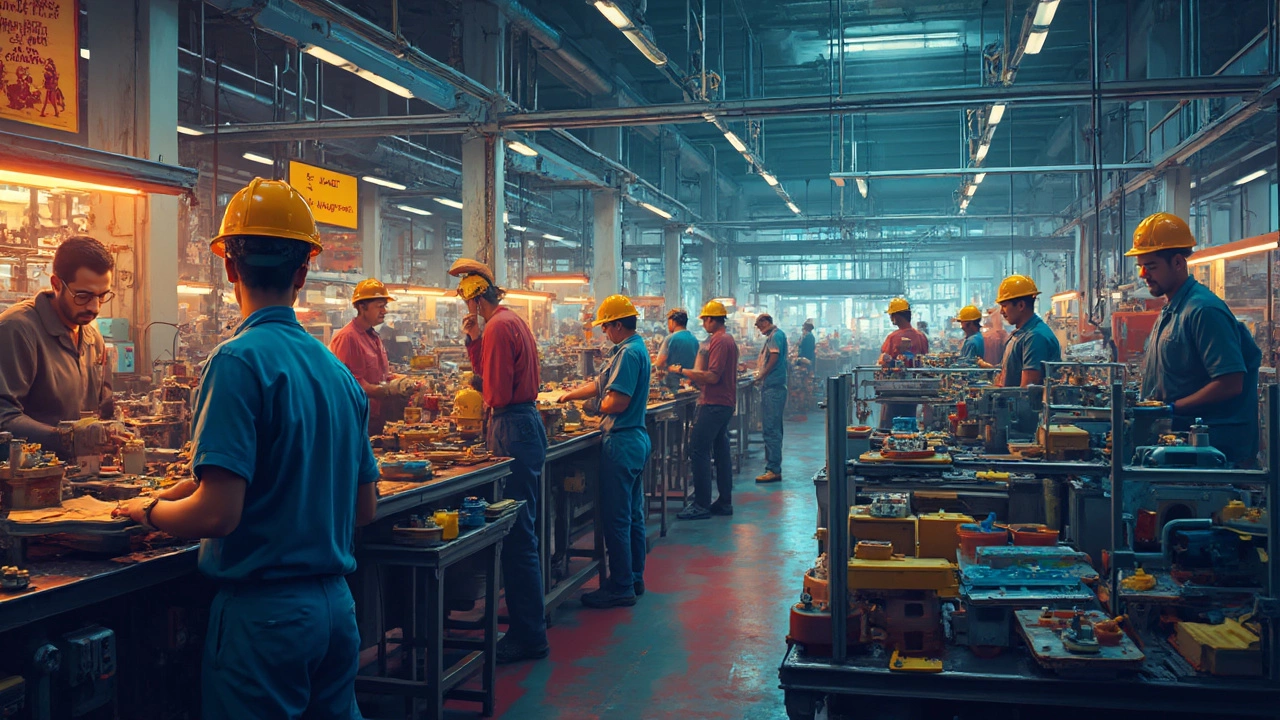Production Challenges Every Manufacturer Should Know
Running a factory isn’t a walk in the park. Machines break, supplies run late, workers skip shifts, and suddenly your schedule is a mess. The good news? Most of these hiccups have simple fixes if you spot them early.
Spotting the Real Bottlenecks
First thing you need to do is map out the entire workflow. Write down each step from raw material receipt to finished product shipping. When you see a step where work piles up, that’s your bottleneck. It could be a single machine that’s older than the rest, a supplier that consistently delivers late, or a quality check that takes too long.
Ask your floor supervisors for the top three complaints they hear every week. Chances are, those complaints point directly to the biggest production challenges. Keep an eye on downtime logs – every minute a machine sits idle costs money. If the same machine shows up repeatedly, it’s time for a deeper dive.
Fixing Production Problems Fast
Once you’ve identified the trouble spots, start with low‑cost, high‑impact actions. For equipment issues, a preventive maintenance schedule beats waiting for a breakdown. Schedule a quick check every week, replace worn parts, and keep a spare on hand for the most critical machines.
Material shortages are often a logistics problem. Talk to your suppliers about safety‑stock levels and set up automatic reorder alerts in your ERP system. If a supplier can’t meet your lead time, have a backup source ready – it’s cheaper than a halted line.
People problems are trickier but no less important. Regular skill‑training sessions keep the crew sharp and reduce errors. Simple things like clear SOPs posted at each workstation cut miscommunication.
Quality control doesn’t have to slow you down. Use inline inspection tools that give instant feedback rather than sending parts to a separate lab. When a defect is caught early, you stop a cascade of rework.
Energy outages are a real pain in many Indian factories. Invest in a small UPS for critical machines and consider solar backup if you’re in a sunny region. Even a few minutes of power can keep a line from grinding to a halt.
Finally, keep data flowing. A dashboard that shows real‑time production rates, downtime, and inventory levels lets you spot problems before they explode. The dashboard doesn’t need to be fancy – a spreadsheet that updates every hour works just fine.
In short, production challenges are mostly predictable. Map your process, listen to the floor, maintain your machines, secure your supply chain, train your people, and watch the data. Nail these basics and you’ll turn most hiccups into quick fixes rather than costly disasters.
Disadvantages of Manufacturing in Mexico: What You Need to Know
Manufacturing in Mexico seems alluring due to its cost efficiencies and proximity to the U.S., but it's not without its flaws. Entrepreneurs must navigate challenges like fluctuating trade policies, complex regulations, and variable infrastructure quality. Labor costs, although initially low, can increase over time, and the reliance on certain industries makes it a risk-laden venture. Understanding these drawbacks is crucial for business success.
Read More




